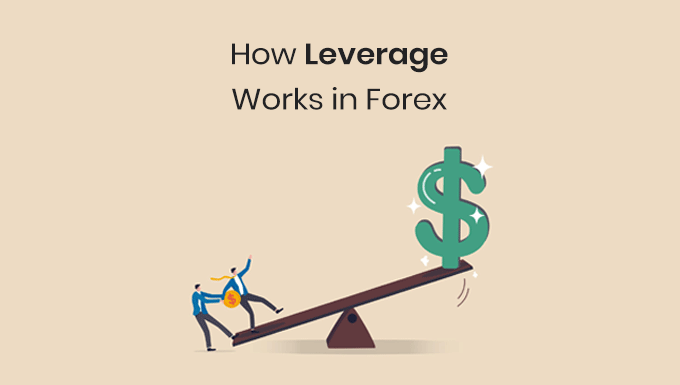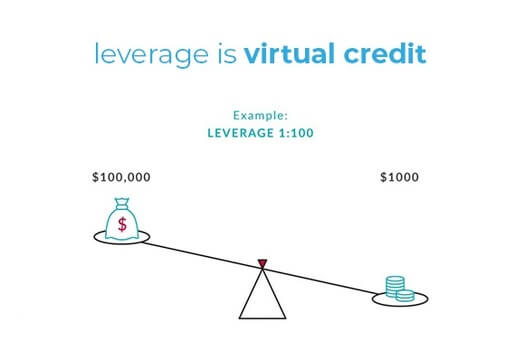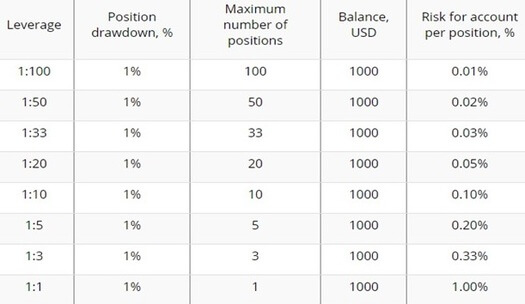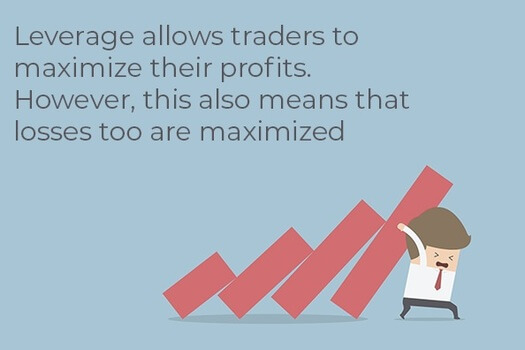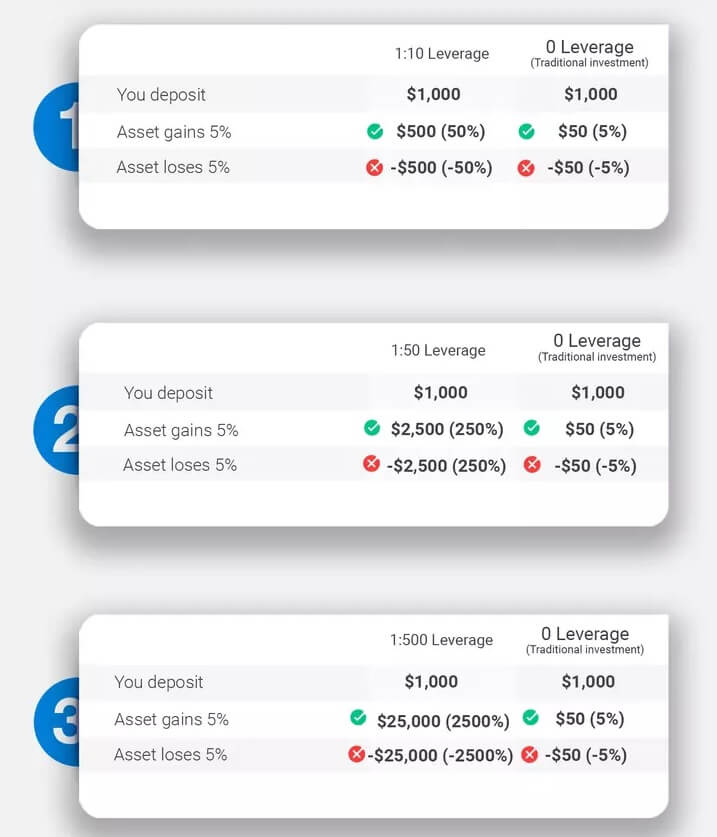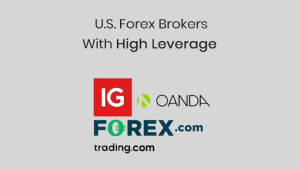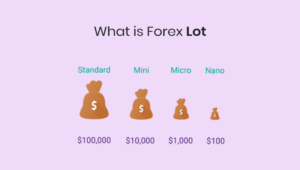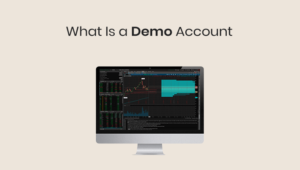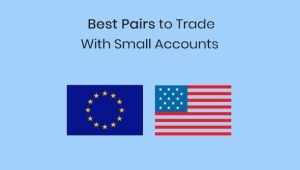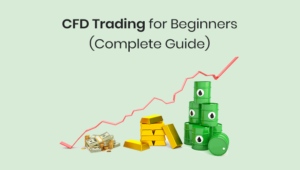In today’s article, you will learn what forex leverage is, how does forex leverage work, what leverage to choose, how to calculate leverage, what is its danger, how to reduce risks using money management, what is real and maximum leverage.
Table of Contents
• Advantages of Using Leverage
• What is the Danger of Leverage?
• How to Reduce the Risk With Leverage?
• What is Real Leverage?
• What is the Maximum Leverage?
• How Leverage Works: Examples
• What is the Best Forex Leverage to Use?
• Conclusion
What is Leverage?
Leverage (or margin trading) is the ability to enter into larger trades than your trading account allows. It works as follows. The broker provides you with borrowed funds that you cannot withdraw from your account, but you can open trades of a larger volume than if you traded only with your own funds.
Forex trading without leverage requires large amounts of money, but not every trader can afford a deposit of $100,000 or more. Therefore, brokers began to offer a service called “leverage” or “margin trading”. So, with a leverage of 1:100, a trader needs 100 times less funds to open a deal with a volume of 1 lot.
For example, when trading standard lots, it takes 100,000 units of the base currency to open a trade for 1 lot, while a price change of 1 pip or pip costs $10 for four-digit quotes or $1 for five-digit brokers.
Most traders do not have such a deposit to trade standard lots, so they can use the broker’s leverage. A leverage of 1:100 will make it possible to trade a standard lot with a deposit of $1,000, that is, 100 times less than when trading without leverage. When buying or selling a currency with a volume of 1 lot, a deposit of $1,000 is held from the trader, and the remaining $99,000 is provided by the broker. After the trade is closed, the profit or loss is credited to or deducted from the trading account, and the borrowed funds are returned to the broker.
So while trading with 1:100 leverage, you need $1,000 to open a $100,000 trade. In this case, 1 pip will also be equal to $10. That is, leverage, unlike many opinions, does not affect the results of trading. It doesn’t matter what leverage you trade with – 1:100 or 1:500, profit or loss will be the same, only the size of the margin changes. The higher the leverage, the lower the margin and the more trades you can open.
The table below should help you figure out how different forex leverages work when you start with a $1,000 deposit;
Advantages of Using Leverage in Forex Trading?
1. It increases profits
Both new and experienced traders can use leverage to make more money by using reasonable leverages. For example, if you only have $1,000 in your trading account, you can use 1:50 leverage forex to trade with $50,000.
2. Low capital is required
Forex brokerage accounts are different from prop firms in that you have to pay a fee to open one. The good news is that when you use leverage, the entry fee will be low. To open a position in the most-traded currencies, you need at least $100,000. Since not everyone can afford to buy 100,000 currency units, leverage helps traders who only have a small amount of money to invest.
What is the Danger of Leverage in Forex Trading?
Trading without knowing how does forex leverage work can be very risky. The main danger of leverage for a beginner trader is ignoring money management or money (risk) management. If you don’t know how to handle your money well, opening a lot of positions with maximum leverage can cause you to lose your whole deposit.
For example, while trading a standard lot with a $1,000 deposit, a loss of 50 pips will reduce your trading account to $500, resulting in a loss of 50% of your deposit.
How to Reduce the Risk With Leverage Trading?
If you follow simple money management techniques, then in combination with leverage, they will help you keep your deposit even during long drawdowns of your trading account. If the risk per trade does not exceed 2% of your account, then even large losses on individual trades cannot lead to the complete or partial loss of your deposit.
Under the risk of 2%, we mean the maximum possible volume of the transaction with the required size of the stop loss. For example, your deposit is $15,000 and your stop loss is 20 pips. The maximum risk on this trade is 15,000 × 2% = $300. We know that when trading with a standard lot, 1 pip = $10 (for four-digit brokers). At the same time, 20 points will be equal to $200, which satisfies our money management conditions, and we can safely open transactions of 1 lot with a deposit of $15,000 and a leverage of 1:100.
But if your deposit is $1,000, then the maximum risk per trade will be 3,000 × 2% = $60. The price of one point with a stop loss of 20 points is $60 / 20 points = $3. This means that the maximum trade volume for this example will be 3$ / 10$ (the price of one point from the whole lot) = 0.3 lots.
What is Real Leverage?
If we divide the total position size by the balance of the trading account, then we get the real leverage. For example, if you have $100,000 on deposit and decide to buy a standard lot, then the real leverage will be $100,000 / $100,000 = 1:1, that is, in this case, trading is carried out without leverage. However, if you only have $10,000 in your account and you buy 1 lot, then the real leverage will be $100,000 / $10,000 = 10:1.
What is the Maximum Leverage?
The maximum leverage is the maximum possible amount of leverage set by the broker. Some Forex brokers offer leverage of 1:500 and even 1:1000, but most brokers offer the standard 1:100 leverage.
Forex Leverage Examples
Let’s look at 3 examples, with and without leverage.
It is important to understand that a large leverage not only increases profits, but using it, you can quickly lose all your money.
What is the Best Forex Leverage to Use?
Most of the time, the amount you deposit determines how much leverage you can use. If you’re opening a big trading account, it’s important to choose low leverage to minimize risk and maximize your profits.
Most importantly, you must follow the rules of money management and not open positions that exceed 1-2% of the deposit. But from practice, we can say that for Forex trading, a leverage of 1:100 is enough. If your trading involves a large position opening, such as scalping, order grid or martingale, then you can use a leverage of 1:500.
What is the best forex leverage for beginners?
When you’re just starting out, it’s tempting to go for the highest leverage you can get. But trading with high leverage is certainly not the ideal way to grow your account quickly. In fact, you should avoid high-leverage trading until you’ve mastered the basics and are ready to try some more advanced strategies.
Experts say that low leverage can help you minimize risk and get good returns based on how much you put in. As a result, the 1:1 leverage ratio is the ideal leverage to use in forex, particularly for beginners who wish to start with a large amount of money.
Conclusion
Leverage is the virtual borrowed funds that are automatically allocated by the broker to increase trading turnover. Leverage makes it possible to open transactions with a large volume, having less money in the account. Now you know what leverage is, how does forex leverage work, how to calculate leverage and position size that does not exceed the risks you set, as well as which leverage to choose from what the broker offers you.
